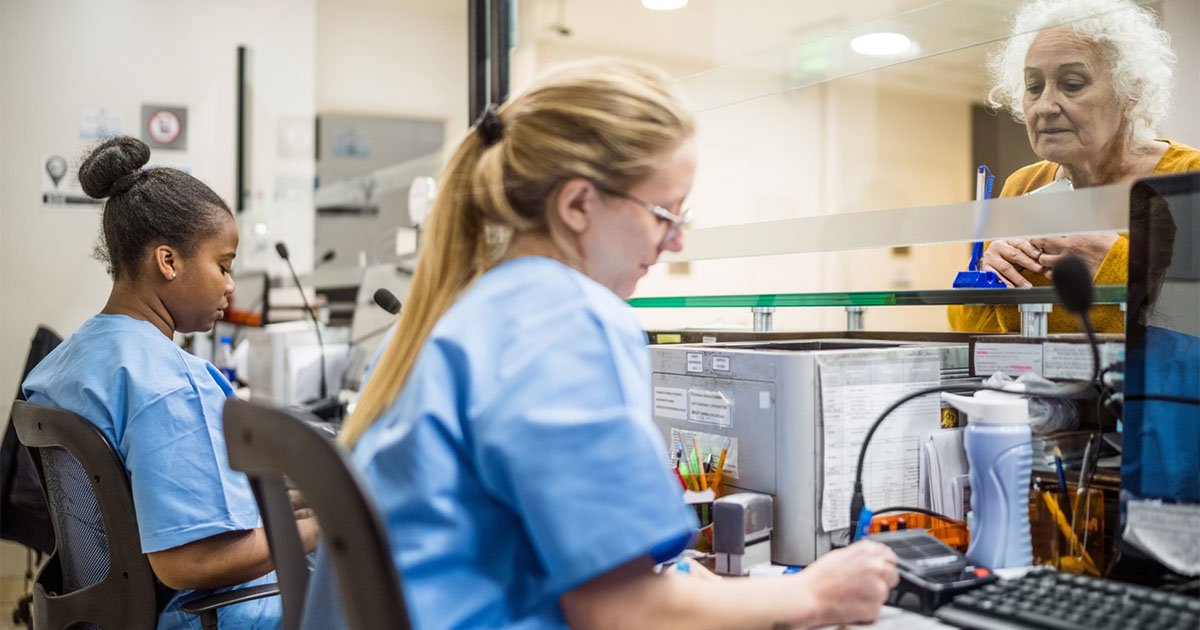Hospital readmissions are time consuming and costly to providers, disruptive and burdensome to patients and their families, and can contribute to greater health complications and higher mortality rates. To address these issues, researchers at the University of Minnesota School of Public Health (SPH) are launching a research project focused on developing new statistical models to better assess a patient’s risk of hospital readmission.

With more than $1 million in funding from the Patient Centered Outcomes Research Institute (PCORI), SPH researchers will design a model that provides more accurate and personalized descriptions of a patient’s health risk — providing health systems with a clearer picture of which patients may be in need of further interventions when they are first admitted.
“By providing hospitals with more reliable statistical tools for modeling the risk of hospital readmission, health systems are able to focus their efforts on providing the best care for patients,” says SPH Assistant Professor Jared Huling. “We know that many health challenges are preventable with appropriate intervention during the original hospitalization. If patients at risk of readmission can be identified early, health systems will be better able to provide the additional care or interventions necessary to improve the health outcomes of their patients.”
While the broad adoption of electronic health record (EHR) patient data in recent years has resulted in widespread construction and adoption of risk models throughout the field of health care delivery, producing accurate risk models specifically for readmissions has been an ongoing challenge. This project will help fill this gap with new statistical methods designed to handle many of the complexities of EHR data, which is often messy and hard to synthesize with a large number of data points on each patient.
Huling noted that this project fits into his broader research goals of developing innovative, statistical methods to improve the quality of care delivered in health systems by identifying 1) who is at risk of poor outcomes and is in need of intervention, 2) what interventions actually result in improved outcomes, and 3) how we can match individual patients to the best interventions personalized for their own needs.
“This project focuses on the first task of identifying who is at risk,” Huling said.
This project is a collaboration with Maureen Smith, Professor of Population Health Sciences and Family Medicine at the University of Wisconsin; Mary Vaughan-Sarrazin, Associate Professor of Internal Medicine-General Internal Medicine at the University of Iowa Carver College of Medicine; and Jue Hou, Assistant Professor of Biostatistics at SPH.
The project is scheduled to be completed in 2026.

